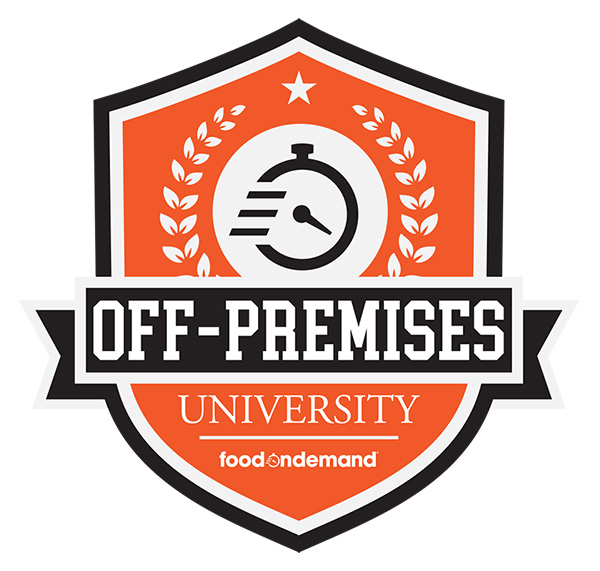Gas prices have always been a leading indicator of economic conditions. In the age of third-party delivery, record prices put a new strain on contract delivery drivers.
According to AAA, prices per gallon reached $4.17, the highest price on record, eclipsing the prior record of $4.11 set in 2008. Gas prices have surged since Russia invaded Ukraine, and there’s no indication prices will moderate anytime soon. President Joe Biden announced it would bar imports of Russian oil into the U.S. as another layer of sanctions against the regime. In an official statement earlier this week, he told Americans to expect prices to continue rising.
The prices have hit everyone with a bit of pump shock lately, but that’s amplified in major metros and among people who drive their own vehicles for a living—namely rideshare and food-delivery drivers. In California, drivers pay about $6 per gallon and in New York, they’re paying $4.29, with prices there expected to reach the 2008 record of $4.41 later this week.
That has delivery drivers pleading with delivery platforms for some help. A petition cited by major news outlets on Coworker.org has more than 6,000 signatures from Uber and Lyft drivers pleading for “smaller commission from fares” and to be paid for mileage to pick up riders.
Food delivery drivers don’t have a big petition going, but they’re saying the same thing and calling on platforms to pay more in base pay. Just a week into the price surge, there hasn’t been any new action, but the delivery platforms are responding.
In a written statement, DoorDash said, “We are proud to provide Dashers with access to discounts on gas and other car maintenance to help them maximize their earnings. We’re always eager to hear from Dashers on ways we can support them and provide meaningful resources on and off the road.”
The company pointed to its DasherDirect credit cards that offer 2 percent cash back on gas and discounted vehicle maintenance.
Grubhub inked a partnership with GasBuddy last year, and the company says drivers can save up to 25 cents per gallon in the program.
Especially as delivery companies announce another quarter of solid earnings, however, those efforts aren’t exactly thrilling for drivers.
Drivers on various forums say they’re going to reduce hours driving to only peak times or just taking a break from their side hustle. They’re also sharing tips about taking multiple orders and gaming the systems to squeeze a little more out of their driving.
Uber CEO Dara Khosrowshahi has been the only delivery platform leader on record talking about gas prices. The question of gas prices came up during a March 7 earnings call. Khosrowshahi said the company is watching, and passing the additional costs to consumers is not a major hardship for the end user.
“Gas has always been a price that drivers are sensitive to,” said Khosrowshahi. “If you’re looking for a very simple ratio to think about, if in the U.S. at least, if the cost of gasoline goes up by 20 percent, which it could, and you want earnings to Uber to be flat, and you want the net earnings for earners to be flat as well. Essentially, you pass on 100 percent of that 20 percent cost increase to the consumer, that would translate into a 1 percent increase in price, which compared to price increases that we’ve had, for example, this year versus last year, it’s just not a lot.”
The new prices, however, top his worst-case estimates.
“Even if fuel costs went up by—hopefully, we won’t see about like 40 percent—that’s a 2 percent cost increase. That’s not going to change trends one way or the other again,” said Khosrowshahi.
At $4.17, gas prices are now 50 percent higher than 2021.
On the flip side, high prices at the pump may keep people from driving themselves and ordering delivery instead. The true impacts of high gas prices will come to light through 2022, but this new record brings a fresh challenge to the delivery companies and their largely contracted drivers.




